
views
- Choose a place you’re familiar with and can easily visualize, like a room, a building, or a town. Plan a route between the objects, rooms, or landmarks in the space.
- Make a list of things you need to memorize. Starting with one or two items, create a mental image of them and place them somewhere in your room.
- Exaggerate your image and make it memorable, e.g. remember Venus in the planet order by imagining a Venus flytrap snapping at you from up on a shelf.
Creating a Mind Palace

Choose a place that you can easily visualize. A memory palace must be a place or route that you are extremely familiar with, like your childhood home or daily commute to work. It can be as small as your closet or as large as your entire neighborhood. The important thing is that you’re able to visualize the place in your head without actually seeing it in real life. The larger or more detailed the real place is, the more information you can store in the corresponding mental space. Other options for memory palace locations include school, church, work, a vacation spot you visit frequently, or a friend’s house.

Walk through your palace to define a route. Decide how you’ll travel through the palace in your mind rather than just picturing a fixed place. Mentally walk through the route multiple times until you can do it with your eyes closed. You can even try doing it backward to really master the flow. Practicing your route now will make it easier to memorize later. You can always revise your route later, so don’t worry about getting it perfect while you’re still creating your mind palace.

Identify what you want to memorize. If you’re just getting started with mind palaces, try something small, like a 20-item grocery shopping list. In your chosen memory palace, identify specific locations where you will store each piece of information. You’ll always review your locations in the same order, so place them in an organized way. If your palace is just one room or area, try moving through each locale clockwise or organizing items into a left-to-right or up-to-down flow that you can remember. If your palace is a building or house, consider separating information into different rooms. Then, within each room, identify smaller locations like paintings, pieces of furniture, or decor. If your palace is a route, like your drive to work, choose landmarks along the way. Some examples include your neighbor’s house, a traffic light, a statue, or a building.

Place each piece of information in a different location. Choose a mental image or symbol that corresponds with each item or piece of data rather than memorizing a long phrase or list. The more exaggerated, bizarre, or humorous the image, the more likely it is that you’ll remember it. In your mind, attach that image to its designated location. To remember the U.S. presidents in order, add a picture of a washing machine to the first spot for George Washington and a pair of long johns representing John Adams in the next. Your images can also interact with the memory palace, like a roast chicken opening your front door if that’s the first item on your shopping list. Make sure that your images follow an organized flow so you can correctly remember the order.

Incorporate other mnemonics to recall longer strings of information. Create a simple mnemonic by forming an acronym using the first letters of the words in a phrase, or make a little rhyme that helps you remember important information. Insert these new shortened pieces of data into your memory palace instead of the longer piece. For instance, say you need to recall the order of notes on the lines of the treble clef (EGBDF). Imagine a little boy eating a piece of chocolate fudge, which would evoke the first-letter mnemonic “Every Good Boy Deserves Fudge." A rhyming mnemonic is, “In 1492, Columbus sailed the ocean blue.” Envision Columbus holding a blue sailboat toy in your living room.
Using Your Memory Palace
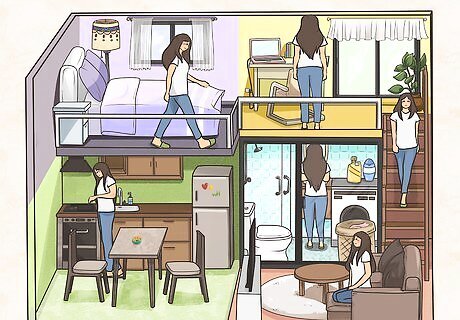
Spend at least 15 minutes exploring your palace every day. The more you walk through and spend time in your palace, the more easily you will recall its contents on demand. You want the visualization to feel effortless and natural. Try to walk through the entire route a couple of times or block out a chunk of time each day to visualize the palace from start to finish. The best part is you can practice this anywhere, anytime. All you have to do is close your eyes.

Recall information by walking through your palace or looking around it. Once you have memorized the contents of your palace, remember them when you need them by following the route or visualizing a room. With practice, you will be able to start anywhere in your palace or along your route to recall a specific piece of information. If you need to remember that your girlfriend’s birthday is March 16, go into your bedroom and see the soldiers “marching" on the bed to the tune of the 80s cult classic “Sixteen Candles."
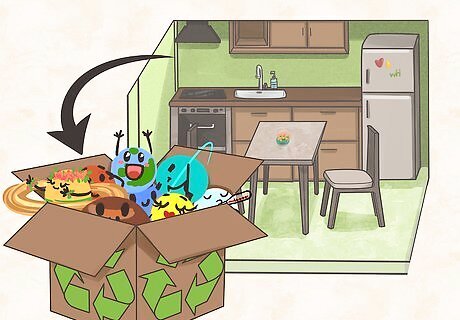
Clean up your memory palace when you need to update data. A memory palace can be reused over and over again. Replace the existing contents with new information. After a few practice runs, you’ll soon forget the old data and only remember the new data in its place. If your palace is becoming too large or contains information you no longer need, remove that data from the route.

Build new palaces for different topics and information. If you have something new you’d like to commit to memory but don’t want to erase your current memory palace, build a new one. File the old palace away and start the process again, choosing a different place to use as your palace. Memory palaces will last as long as you want them to once they’re stored in your brain, and there’s no limit to how many you can build. For example, you might store the names of British monarchs in your house, your family’s phone numbers on your walk to work, and the script for tomorrow’s presentation in your office.
What is the memory palace technique?
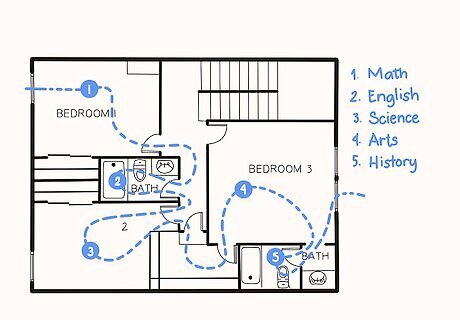
The memory palace is a way to memorize large amounts of information. Also known as the method of loci or the mind palace technique, this memorization strategy associates visual symbols with locations. As a result, followers of the method of loci can memorize long lists or pieces of data by finding the location in their mind palace that holds that information.

Building a memory palace can help you remember almost anything. In addition to improving your memory, you can use it to expand your knowledge and develop professional skills. This mind palace technique is especially useful for students who have to memorize large amounts of information for tests and assessments.

The memory palace likely originated with ancient Greeks and Romans. While mind palaces may date back even further, history’s first recorded evidence of the method of loci comes from this ancient period. Important orators and scholars like Cicero would use memory palaces to memorize speeches at a time when paper was hard to come by. In the Middle Ages, monks continued to use the mind palace technique to memorize long religious texts.











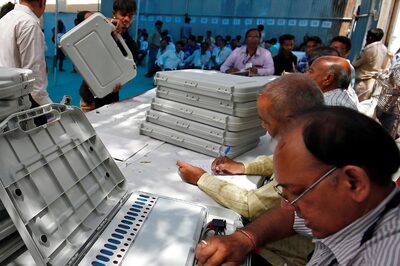





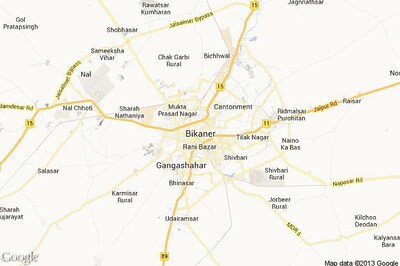

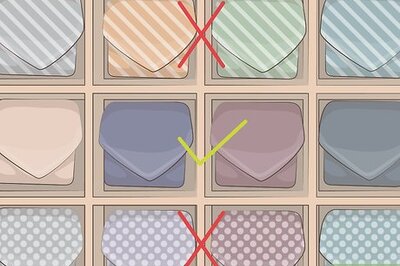
Comments
0 comment